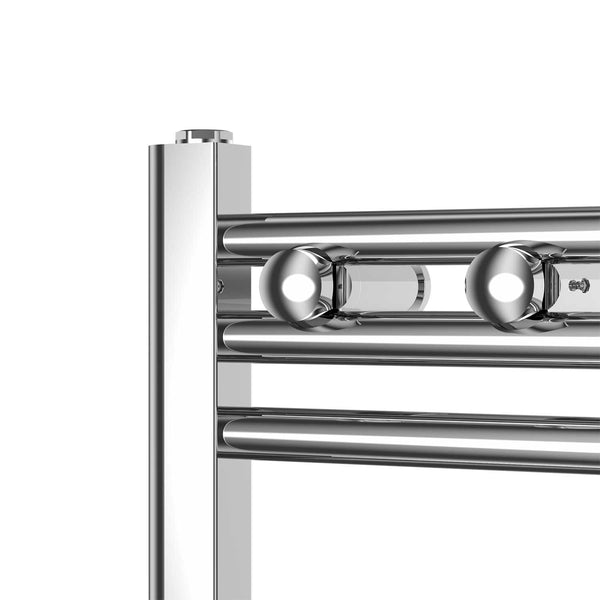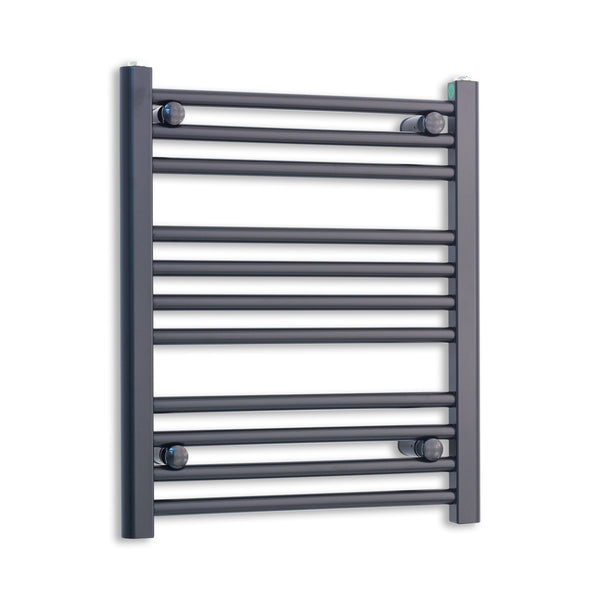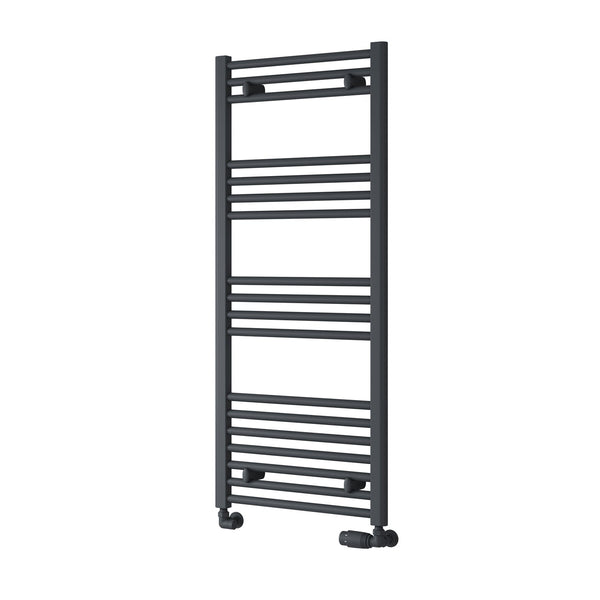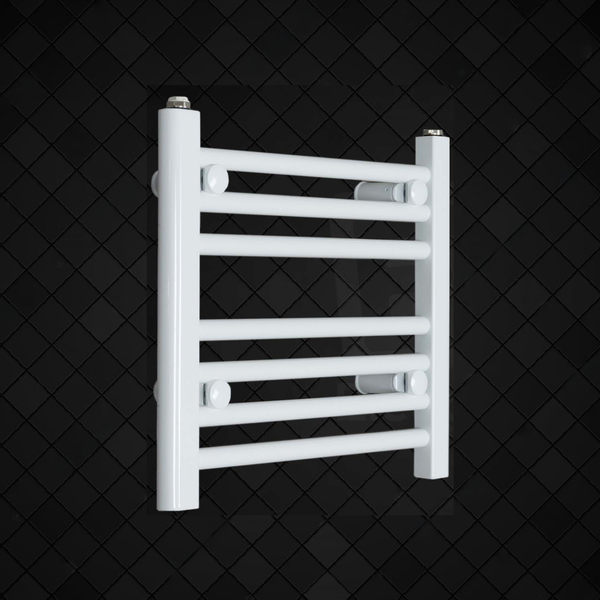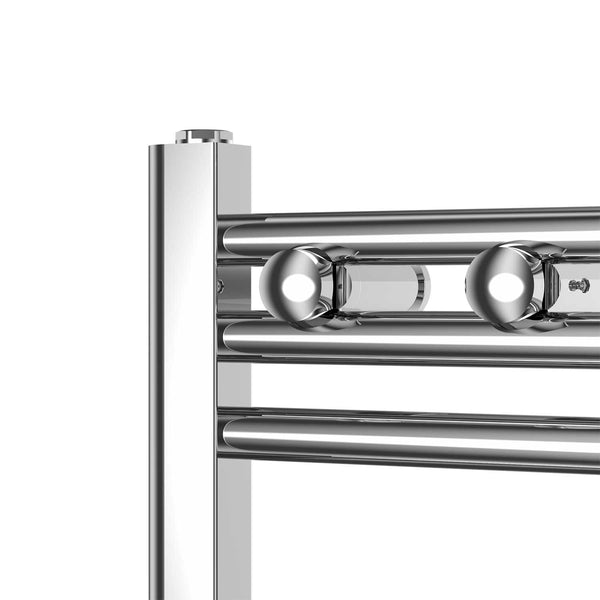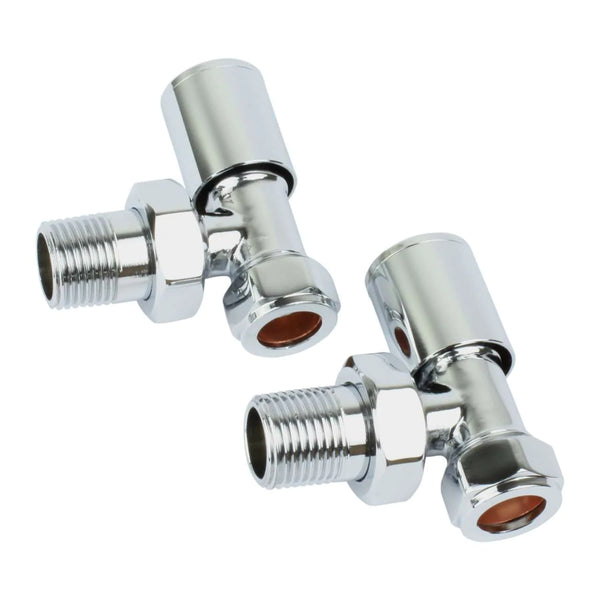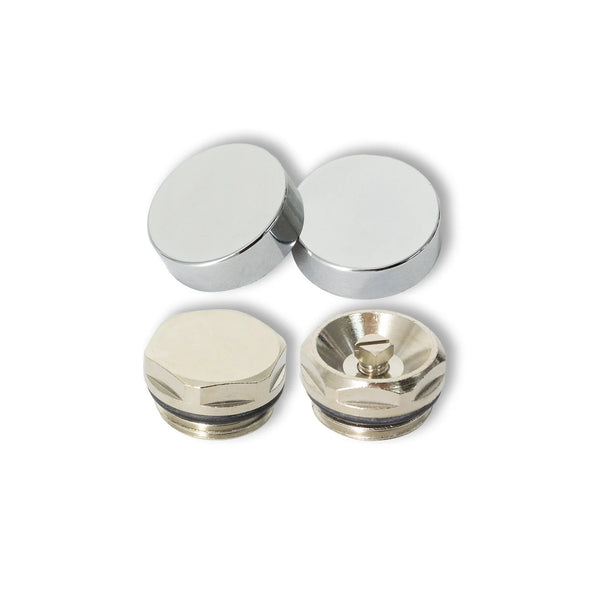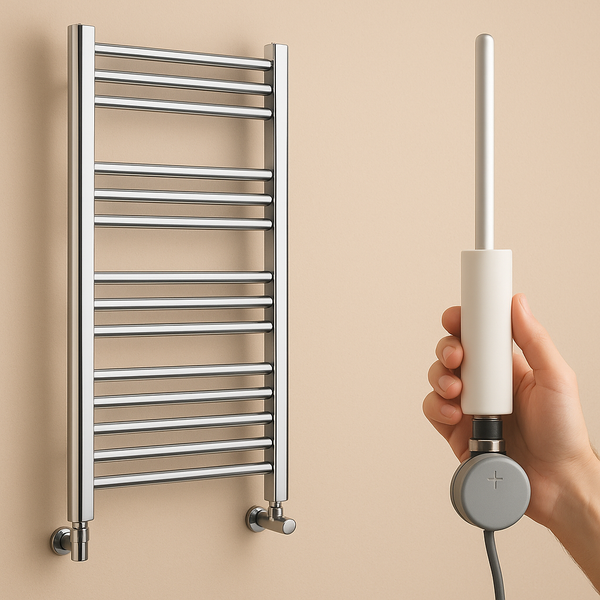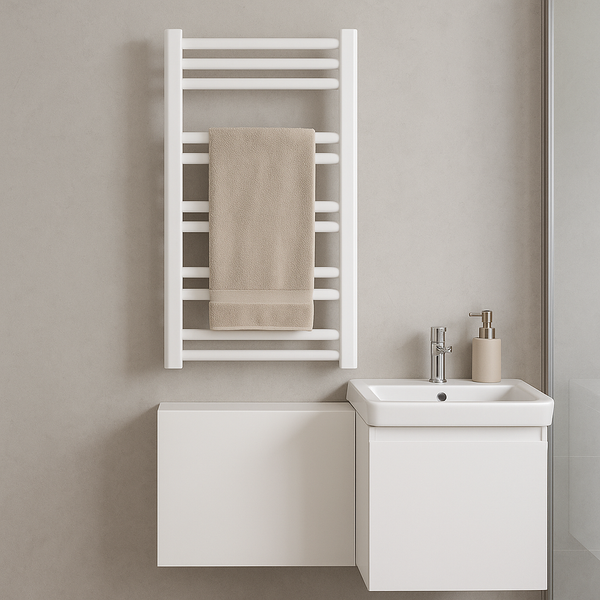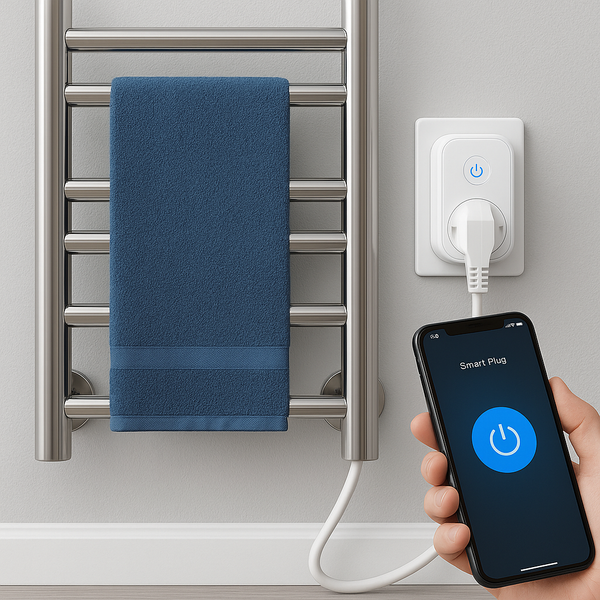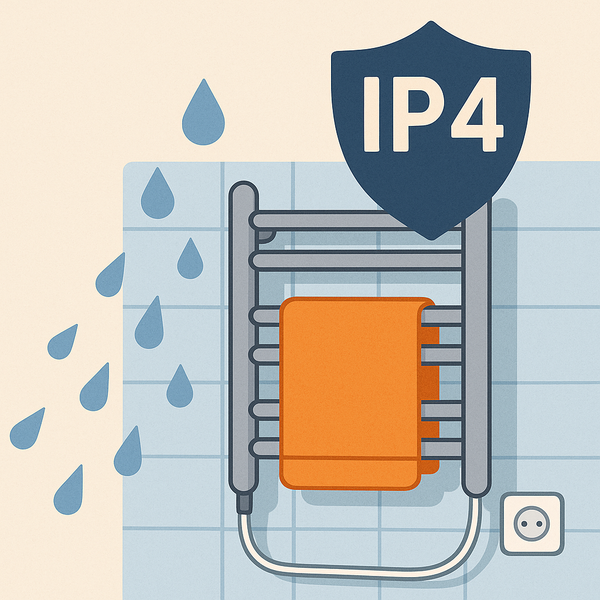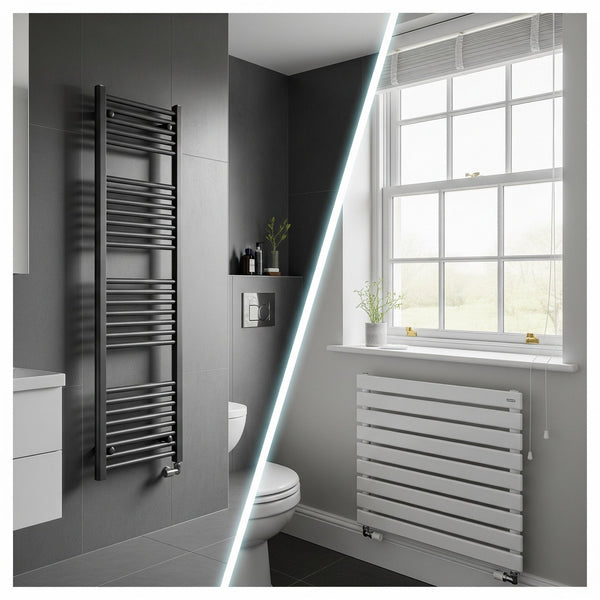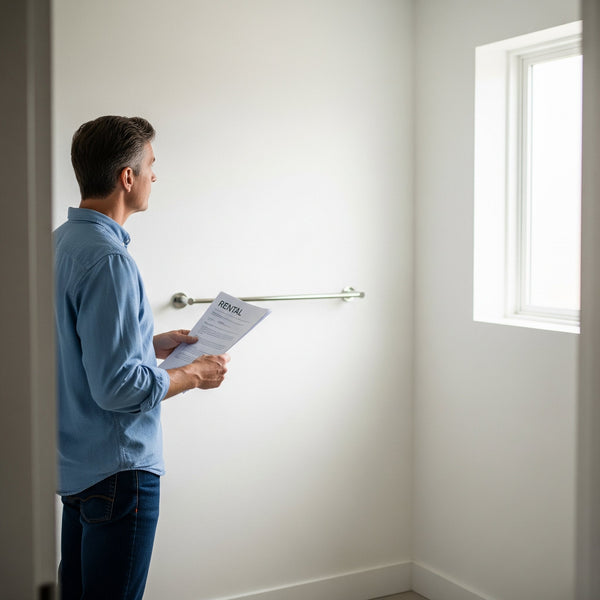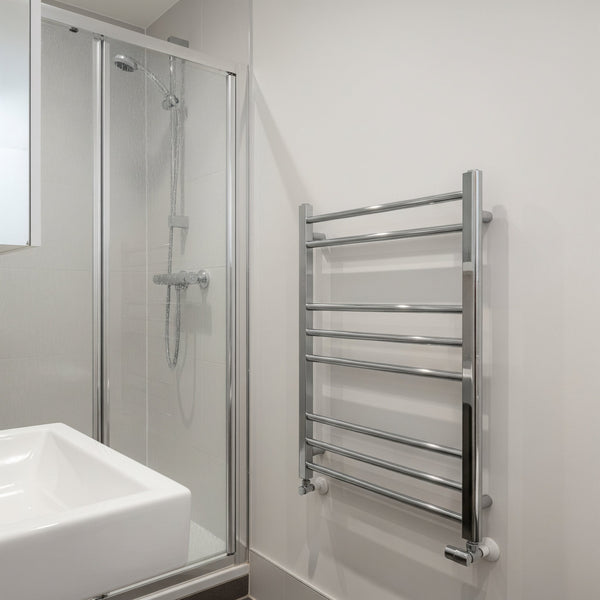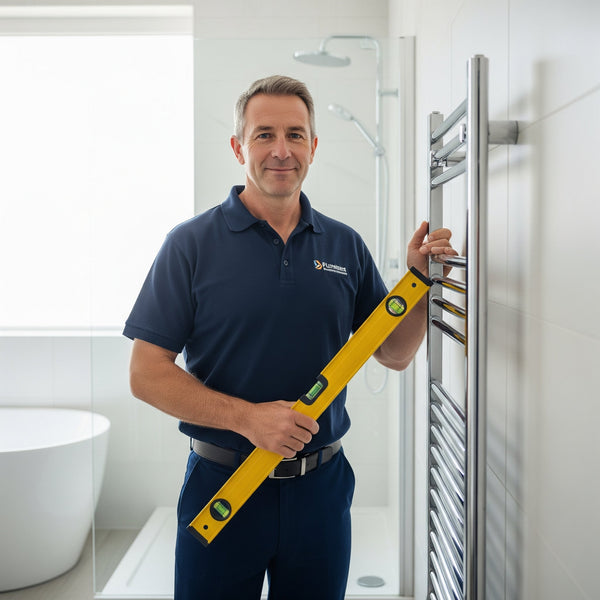Why is My Towel Rail Not Heating Up? 7 Common Reasons & Easy Fixes
There are few things more disappointing in a bathroom than reaching for a warm towel only to find it's still damp, and the towel rail is cold. A heated towel rail that isn't heating up is a frustrating problem, but the good news is that the cause is often a simple issue that you can fix yourself in just a few minutes, without needing to call out a professional.
Before you start worrying about expensive repairs, let's run through the most common culprits. This guide from Companyblue will walk you through 7 frequent reasons why your towel rail might be cold and provide the easy, step-by-step fixes to get it working again. Whether you have a central heating, electric, or dual fuel model, we’ll help you diagnose the problem and bring back the warmth.
Safety Note: Always be careful when working with your heating system. If you are dealing with an electric or dual fuel model, ensure the electrical supply is switched off before investigating any electrical components. If you are ever unsure, contact a qualified professional.
1. Trapped Air – The Most Common Culprit
The Symptom: The towel rail is hot at the bottom but stone cold at the top. You might also hear gurgling or bubbling noises when the heating is on.
The Reason: This is the classic sign of trapped air. Air rises, so it gets stuck at the top of the radiator, preventing hot water from circulating all the way up.
The Easy Fix: Bleed the Towel Rail.
- Turn your heating on so that water is circulating.
- Hold a cloth or a small jug under the bleed valve at the top corner of your towel rail to catch any drips.
- Insert your radiator bleed key into the valve's square recess and turn it slowly anti-clockwise.
- You will hear a hissing sound – this is the trapped air escaping.
- As soon as a steady stream of water starts to come out (no more hissing or sputtering), close the valve by turning it clockwise. Don't overtighten.
- Check the pressure on your boiler afterwards, as releasing air may cause it to drop slightly. Top it up if needed.
2. The Valves Are Closed or Set Incorrectly
The Symptom: The entire towel rail is completely cold, but other radiators in the house are working.
The Reason: It might sound obvious, but it's easy for valves to be knocked or turned off by mistake. This applies to both the main on/off valve and the lockshield valve.
The Easy Fix: Check Both Valves.
- Manual/TRV Valve: Check the main valve that you use to turn the radiator on or off (it will either be a manual cap or a numbered Thermostatic Radiator Valve - TRV). Ensure it's turned fully anti-clockwise to the 'on' position. If it's a TRV, make sure it's set to a high number (e.g., '5').
- Lockshield Valve: Check the valve on the other side, which usually has a smooth plastic cap. Remove the cap and check with a spanner that the small spindle underneath is open (turned anti-clockwise).
Look our all towel rail valves.
3. Your Heating System is Unbalanced
The Symptom: Your new towel rail struggles to get warm, while radiators closer to the boiler get scorching hot very quickly.
The Reason: Your central heating system is like a network of rivers. The water will always take the easiest path. If the system is unbalanced, all the hot water rushes to the nearest radiators and returns to the boiler before it gets a chance to reach the ones further away, like your towel rail.
The Fix: Balance Your System. This is a slightly more involved process but can be done by a competent DIYer. It involves adjusting the lockshield valve on each radiator to control the flow of water, restricting the "fast" radiators to push more hot water towards the "slow" ones. We covered this in detail in our 'Seamless Integration' guide.
4. Airlock in the Pipework
The Symptom: The towel rail remains completely cold even after you've bled it and confirmed the valves are open. The pipes leading to the rail might also be cold.
The Reason: This is a more severe version of trapped air. An airlock is a large bubble of air trapped in the pipework leading to the radiator, completely blocking the flow of water. This can sometimes happen after draining and refilling the system.
The Fix: Forcing the Airlock Out. This can be tricky. A common DIY method is to turn off all other radiators in the house at their valves, forcing the full power of the boiler's pump to push water through the single problematic pipe and dislodge the airlock. If this doesn't work after 10-15 minutes, you may need to call a plumber who can use other methods to clear it.
5. Faulty Heating Element (Electric & Dual Fuel Models)
The Symptom: The towel rail doesn't heat up when in electric-only mode (your central heating is off).
The Reason: The issue lies with the electrical components. This could be a blown fuse in the fused spur, a faulty element, or a wiring issue.
The Fix: Professional Diagnosis.
- Check the Fuse: This is the only DIY step. Safely switch off the power at the mains, and check the fuse in the fused spur connection unit. Replace it if it has blown.
- Call an Electrician: If a new fuse doesn't solve it, the problem is likely a failed heating element or a wiring fault. For your safety, this must be diagnosed and replaced by a qualified electrician.
6. A Problem with the Main Heating System
The Symptom: None of your radiators are heating up properly, including your towel rail.
The Reason: The problem isn't with your towel rail, but with the central heating system as a whole.
The Easy Fix: Check Your Boiler.
- Check Boiler Pressure: Look at the pressure gauge. If it's below 1 bar, your system needs re-pressurising using the filling loop.
- Check the Thermostat and Programmer: Ensure your main room thermostat and boiler programmer are on, calling for heat, and set correctly.
- Check the Boiler for Fault Codes: Look at the display on your boiler to see if it is showing an error code. You can look up the meaning in your boiler's manual.
7. Sludge Build-Up in the System
The Symptom: The towel rail is hot at the top but cold in the middle and bottom. This is the opposite of trapped air.
The Reason: This is a classic sign of sludge (magnetite) build-up. Over years, rust and debris can form a thick, heavy sludge that settles at the bottom of radiators, preventing water from flowing through the lower bars.
The Fix: A System Flush. While a short-term fix is to remove the radiator and clean it out manually, the sludge is likely present throughout your system. The proper, long-term solution is to have a heating engineer perform a chemical flush or a powerflush to clean the entire system. Following this, a corrosion inhibitor should be added to prevent it from happening again.
FAQ: Troubleshooting Your Towel Rail
Here are a few more common questions to help you diagnose the issue.
How do I know if it's trapped air or a bigger blockage like an airlock?
Trapped air typically presents as a radiator that is partially working (hot bottom, cold top). An airlock in the pipework usually means the entire radiator and often the pipes leading to it are completely cold, as no water can get through at all.
My electric towel rail is on, but not heating up. What's the very first thing to check?
After ensuring the switch is on, the very first thing to check is the fuse in the fused spur (the switch on the wall). This is a common and easy fix. If the fuse is fine, the problem requires an electrician.
Could a faulty thermostatic valve (TRV) be the problem?
Yes. Sometimes the small pin inside the TRV can get stuck in the 'closed' position, especially after being turned off for the summer. You can diagnose this by unscrewing the thermostatic head. You will see a small pin. If it's stuck down, try to gently grip it with a pair of pliers and pull it up and down a few times until it moves freely.
Is it normal for a towel rail to take a long time to heat up?
It can be, especially if it's one of the last radiators on the heating circuit. However, if it takes significantly longer than all other radiators (e.g., an hour when others take 15 minutes), it's a clear sign your system needs balancing to give it a better share of the hot water flow.
When should I just give up and call a professional?
You should call a professional plumber or heating engineer if you've tried the simple fixes (bleeding, checking valves) and the problem persists, if you suspect an airlock you can't shift, if you see any signs of leaking, or if you suspect sludge build-up. For any issue with an electric element beyond a simple fuse change, you must call a qualified electrician.
